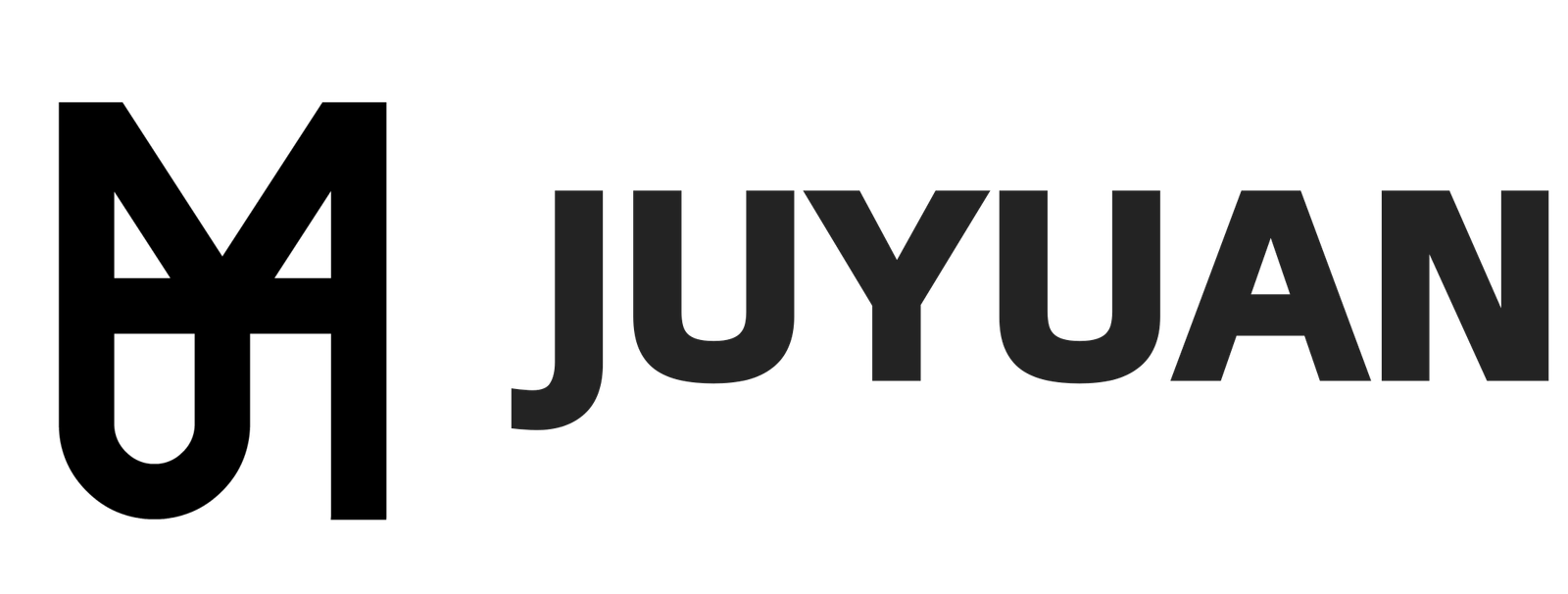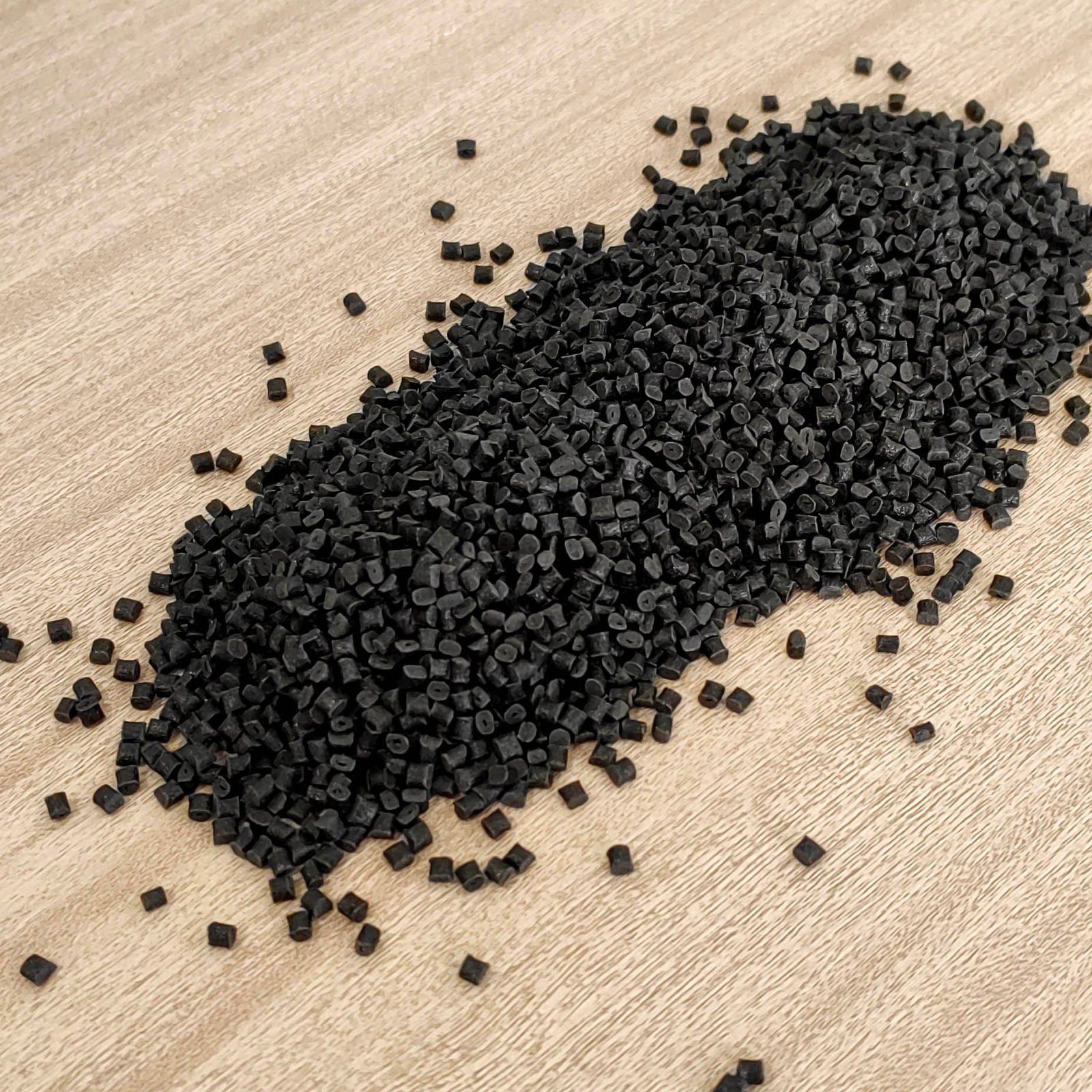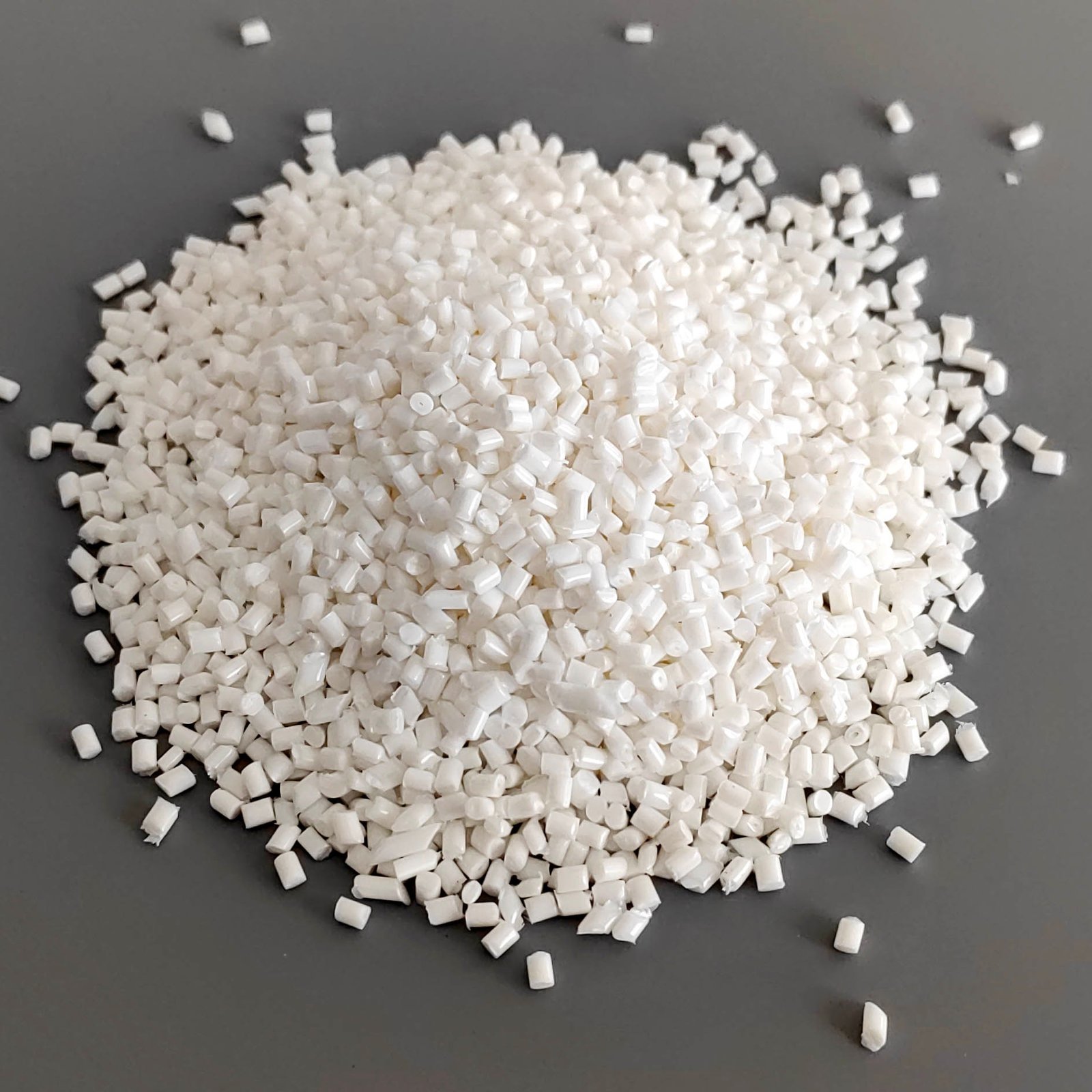PRODUCTS


PBT GF30 Material Overview | Heat-Stabilized, 30% GF Plastic
Product Struction
What is PBT Material
Today, as the plastic industry is constantly moving towards high performance and high integration, PBT material (polybutylene terephthalate) is no longer a "mid-range engineering plastic" in the traditional sense. Instead, through enhanced modification and composite design, it is gradually penetrating into key applications with high precision and high reliability. Evonik's PBT GF30 thermally stable grade granular material is precisely one of the representative products of this trend.
This material not only adopts a 30% glass fiber reinforcement system, but also integrates a heat stabilizer system, achieving a good balance among mechanical strength, dimensional accuracy, environmental resistance and electrical performance. It is widely used in injection molding of key components such as automobiles, electronic appliances and industrial structural parts.
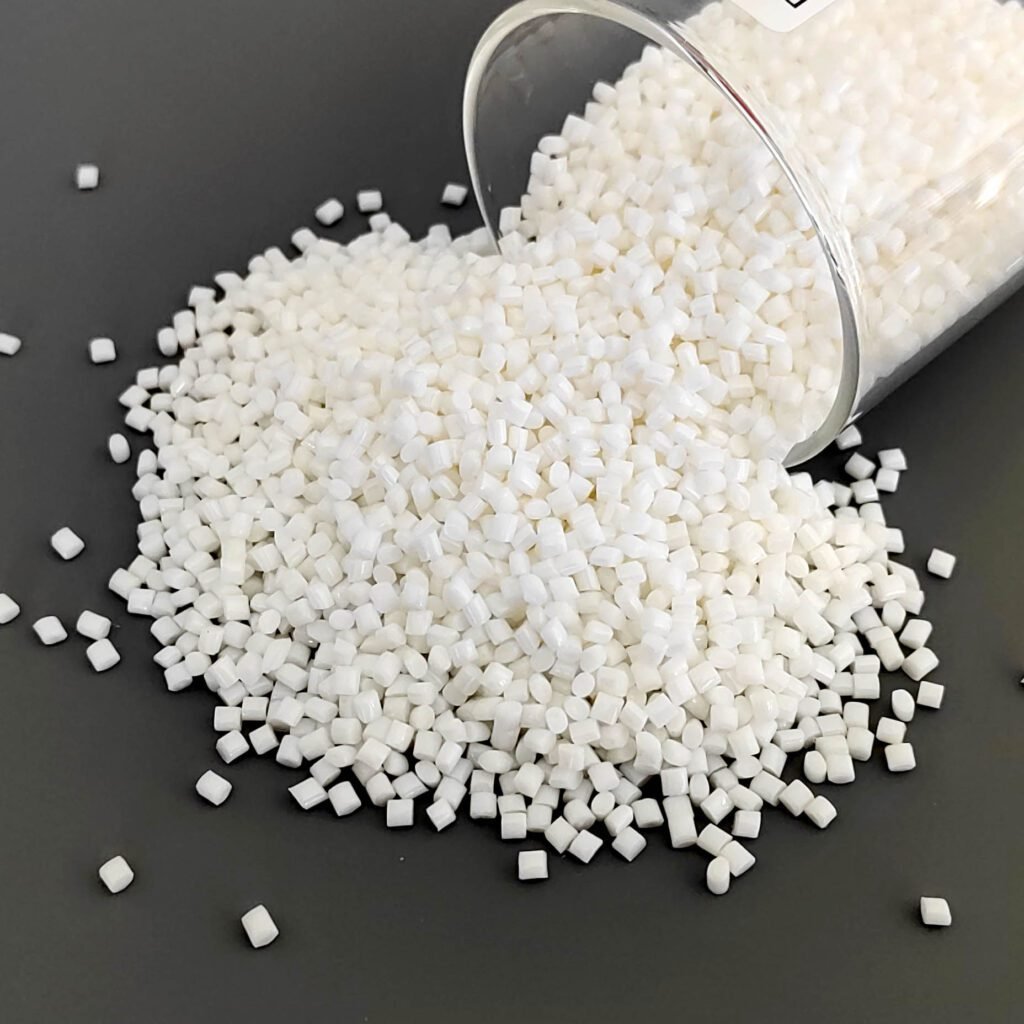
01 | Technical advantages of PBT Material: Not just glass fiber reinforcement
For many users, "30% glass fiber reinforced PBT" may already be a familiar concept. But Evonik's PBT GF30 is far more than this.Its main performance characteristics are as follows:
✔ Thermal stability performance: With the addition of an efficient thermal stability system, it is suitable for long-term operation at high temperatures and meets the strict requirements for material thermal aging in automotive engine compartments and electrical connectors.
✔ Low water absorption: It has lower moisture absorption than PA6/PA66, enhances electrical insulation, and ensures more stable dimensions after molding, making it suitable for thin-walled structures and high-precision components.
✔ Stress crack resistance: Long-term pressure-bearing components are less likely to develop microcracks, making it particularly suitable for structural scenarios such as automotive fuel pipe supports and industrial equipment shells.
✔ Chemical corrosion resistance: It can be exposed to fuel oil, lubricating oil, salt spray and other environments for a long time without significant decline in material performance.
✔ Outstanding molding efficiency: Short injection cycle, good fluidity, suitable for high-rhythm mass production mode, and supports multi-cavity molds.
Compared with PA66, PBT has more advantages in dimensional stability and surface finish. Compared with PC or ABS, PBT is more heat-resistant and chemical-resistant, especially in terms of electrical safety, it is more in line with the UL certification trend.
02 | Transformation of Industry Demands: Why is PBT material Becoming Increasingly "irreplaceable"?
In recent years, the global automotive and electronics industries have shifted their demands for materials from merely being "sufficient" to focusing on a balance between lightweight, high reliability, environmental resistance and production efficiency. This happens to be highly consistent with the characteristics of PBT GF30:
The rise of new energy vehicles: The electrification architecture brings about the demand for performance improvement of plastic components such as connectors and charging modules, with equal emphasis on heat resistance and insulation.
The improvement of electrical safety standards: UL certification promotes the development of materials towards higher flame retardant grades, and PBT substrates are easy to achieve V-0 level modification.
The demand for mold efficiency has increased: multi-chamber rapid injection molding has become mainstream, and the excellent fluidity and low warpage of PBT bring advantages.
The overseas market attaches great importance to long-life design: The thermal stability grade directly affects the product life cycle, and PBT material has an excellent foundation.
These factors have all driven PBT material to upgrade from "functional plastic" to a representative of "structure-functional composite plastic".
03 | Evonik PBT GF30 Application Case: Expanding Design Space with Performance
Automotive electrical connectors
Electrical connectors operating in the high-temperature zone of engines have extremely high requirements for heat resistance, electrical insulation and dimensional stability. GF30 grade PBT, which takes into account both rigidity and processability in pin fixation and housing protection, has become one of the mainstream materials.
Electronic product structural components
For instance, high-performance power plugs, relay housings, etc., need to withstand continuous thermal loads and stress. PBT material can stably maintain its geometric structure and prevent loosening or performance degradation caused by thermal aging.
Thin-walled injection molded parts
Under the trend of high-density integrated design, many plastic components require "thin and strong walls". The low warpage property and fast molding performance of PBT are very suitable for manufacturing slender, nested and structurally complex parts.
04 | Engineering Plastics Upgrade: Evonik PBT GF30 Technical Data Sheet
| UL | Condition | Standard | Value | Unit | |||
| CTI | IEC 60112 | 2 | PLC | ||||
| HAI | All Color 0.81mm | UL 746A | 2 | PLC | |||
| HAI | All Color 1.5mm | UL 746A | 1 | PLC | |||
| HAI | All Color 3.0mm | UL 746A | 0 | PLC | |||
| HVTR | UL 746A | 0 | PLC | ||||
| HWI | All Color 0.81mm | UL 746A | 4 | PLC | |||
| HWI | All Color 1.5mm | UL 746A | 3 | PLC | |||
| HWI | All Color 3.0mm | UL 746A | 1 | PLC | |||
| RTI | Elec All Color 0.81mm | UL 746B | 130 | °C | |||
| RTI | Elec All Color 1.5mm | UL 746B | 130 | °C | |||
| RTI | Elec All Color 3.0mm | UL 746B | 130 | °C | |||
| RTI | Imp All Color 0.81mm | UL 746B | 130 | °C | |||
| RTI | Imp All Color 1.5mm | UL 746B | 130 | °C | |||
| RTI | Imp All Color 3.0mm | UL 746B | 130 | °C | |||
| RTI | Str All Color 0.81mm | UL 746B | 140 | °C | |||
| RTI | Str All Color 1.5mm | UL 746B | 140 | °C | |||
| RTI | Str All Color 3.0mm | UL 746B | 140 | °C | |||
| Volume Resistivity | ASTM D257 | 1E11 | Ω.cm | ||||
| Dimensional Stability | UL746 | 0.0 | % | ||||
| Dielectric Strength | ASTM D149 | 24 | KV/mm | ||||
| Arc Resistance | ASTM D495 | 5 | PLC | ||||
| Flame Rating | All Color 0.81mm | UL94 | HB | ||||
| Flame Rating | All Color 1.5mm | UL94 | HB | ||||
| Flame Rating | All Color 3.0mm | UL94 | HB | ||||
| Mechanical behavior | Condition | Standard | Value | Unit | |||
| Elongation | Break | ISO 527 | 3 | % | |||
| Tensile Impact Strength | 23°C | ISO 8256 | 75 | kJ/m² | |||
| Tensile Strength | ISO 527 | 150 | MPa | ||||
| Tensile Strength | Break | ISO 527 | 150 | MPa | |||
| Tensile Modulus | ISO 527 | 10000 | MPa | ||||
| Tensile Creep Modulus | 1hr 0.5% Strain | ISO 899 | 9000 | MPa | |||
| Tensile Creep Modulus | 1000hr 0.5% Strain | ISO 899 | 6500 | MPa | |||
| Charpy Un-notch Impact | 23°C Complete Break | ISO 179 | 70 | kJ/m² | |||
| Charpy Notch Impact | 23°C Complete Break 1eA | ISO 179 | 10 | kJ/m² | |||
| Charpy Notch Impact | -30°C Complete Break 1eA | ISO 179 | 10 | kJ/m² | |||
| Thermal | Condition | Standard | Value | Unit | |||
| Heat Conductivity Coefficient | Melt | INTERNAL METHOD | 0.28 | W/(m·K) | |||
| Specific Heat | Melt | INTERNAL METHOD | 1700 | J/(kg·K) | |||
| HDT | 0.45MPa | ISO 75 | 223 | °C | |||
| HDT | 1.8MPa | ISO 75 | 210 | °C | |||
| Melting Temperature | ISO 11357 | 223 | °C | ||||
| Glass Transition Temperature | ISO 11357 | 45 | °C | ||||
| CLE | Flow 23~55°C | ISO 11359 | 5E-5 | cm/cm/°C | |||
| CLE | xFlow 23~55°C | ISO 11359 | 6E-5 | cm/cm/°C | |||
| Vicat Softening Temperature | 50°C/hr 50N | ISO 306 | 213 | °C | |||
| Physical property | Condition | Standard | Value | Unit | |||
| Water Absorption | ISO 62 | 0.5 | % | ||||
| Humidity Absorption | ISO 62 | 0.1 | % | ||||
| Shrinkage | Flow | ISO 294 | 0.2 | % | |||
| Shrinkage | xFlow | ISO 294 | 1.5 | % | |||
| Density | ISO 1183 | 1.53 | g/cm³ | ||||
| Melt Density | INTERNAL METHOD | 1.37 | g/cm³ | ||||
| Melt Index | 250°C 2.16kg | ISO 1133 | 13 | cm³/10min | |||
| Electrical properties | Condition | Standard | Value | Unit | |||
| CTI | 50 Drops Solution A | IEC 60112 | 450 | V | |||
| Dielectric Constant | 1MHz | IEC 62631-2-1 | 4.4 | ||||
| Dielectric Constant | 100Hz | IEC 62631-2-1 | 4 | ||||
| Volume Resistivity | IEC 62631 | 1E+15 | Ω.cm | ||||
| Dielectric Strength | S20/S20 | IEC 60243 | 27 | KV/mm | |||
| Dissipation Factor | 1MHz | IEC 62631-2-1 | 0.017 | ||||
| Dissipation Factor | 100Hz | IEC 62631-2-1 | 0.003 | ||||
| Surface Resistivity | IEC 62631-3-2 | 1E14 | Ω | ||||
| Flammability | Condition | Standard | Value | Unit | |||
| Flame Rating | All Color 0.81mm | UL94 | HB | ||||
| Flame Rating | All Color 1.5mm | UL94 | HB | ||||
| Flame Rating | All Color 3.0mm | UL94 | HB | ||||
05 | Future Trends: The Intelligent and Sustainable Development Direction of PBT Material
In addition to performance, the sustainability and intelligent adaptability of PBT materials are becoming the new focus. In the coming years, the following directions are particularly worthy of attention:
✔ Environmentally friendly PBT: PBT Resin synthesized based on renewable resources or recycled monomers is being piloted for use in the green automotive supply chain.
✔ Laser-weldable PBT: To meet the new assembly methods of electric vehicles, the demand for PBT-level products suitable for laser welding is growing rapidly.
✔ Low-voc PBT materials: In automotive parts and consumer electronics, lower volatile components are required to meet higher health and environmental protection standards.
Evonik, as a driver of material innovation, has made layouts in these directions to endow PBT material with more "intelligence" and "environmental protection factors".
06 | Conclusion: Choosing Evonik PBT GF30 means choosing a reliable engineering plastic solution
For manufacturers, mold developers or OEM enterprises that are looking for high-performance injection molding materials, Evonik PBT GF30 is not only a material, but also a systematic process and application solution. While ensuring mechanical properties, this material also takes into account thermal stability, electrical safety and manufacturing efficiency, providing designers and engineers with greater freedom and a longer-term value space.
If you need to obtain the physical property data sheet, samples or application technical advice of Evonik PBT GF30, please feel free to contact our technical service team at any time.
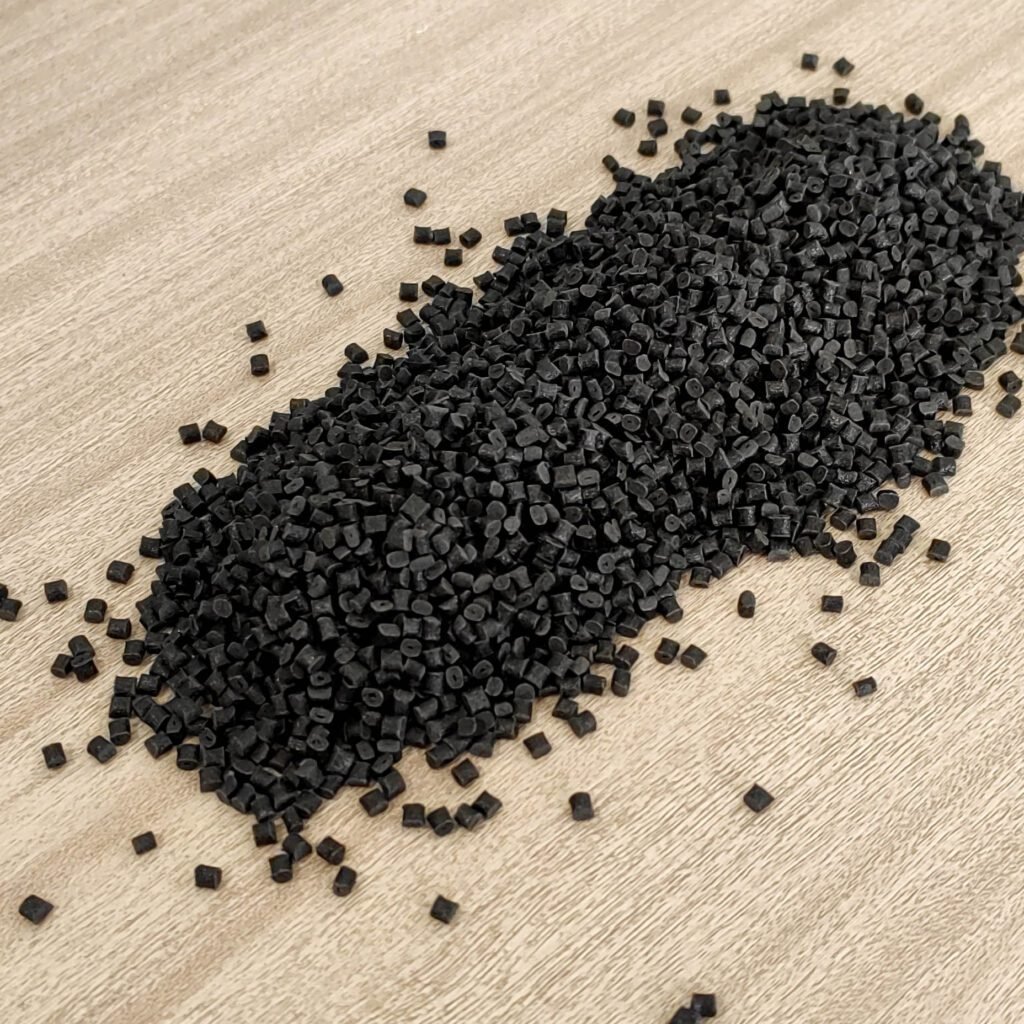
【Related Recommendations】
PA6 11G6-201: Flame-Retardant GF30 Nylon 6 for Structural Applications Learn more>
PA6-G30: High-Stiffness PA6 Material for Automotive and Electrical Applications Learn more>
PA6 B3WG6: Heat-Stabilized, Glass-Filled Polyamide 6 for Demanding Applications Learn more>
